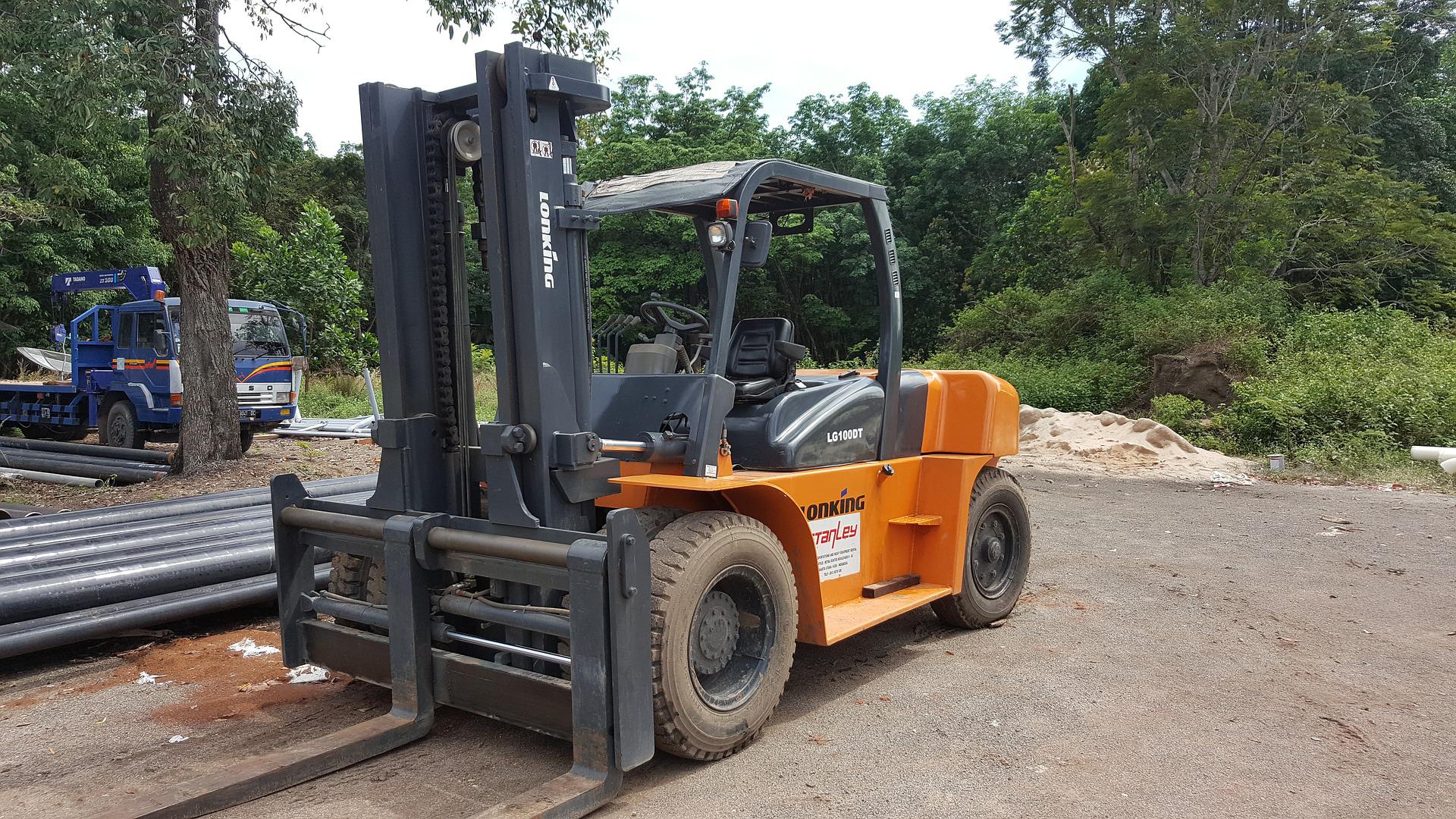
5 Types Of Forklifts To Consider For Your Workplace.
In the logistics world, there are many types of forklifts used for different purposes.
A forklift is a truck-like vehicle that scoops and lifts loads with a hydraulic or pneumatic mechanism. Forklifts help with moving materials and pallets in warehouses, manufacturing plants, and other types of industrial environments.
A forklift is often one of the most important tools in a warehouse or manufacturing plant. It’s used to lift pallets and other materials and move them from one place to another. Depending on your location, the size of your facility, and other factors, you might need to choose between several types of forklifts that are more suitable to your needs than others.
So, whether you work in a warehouse or a manufacturing plant, knowing about different kinds of forklifts and their uses can be helpful.
This blog post outlines some common types of forklifts for sale. Continue reading if you are thinking about investing in this equipment for your company’s operations.
Table of Contents
Toggle1. Container Handler
Container handlers are used to move containers between trucks or train cars and storage areas. They are distinguished by their long forks that are able to lift and lower a container’s doors.
They have a lifting capacity of around 2,000 pounds (907 kilograms) and can lift a container to a maximum height of 10 feet (3 meters). As such, container handlers are especially useful in ports, warehouses, and rail yards.
2. Reach Forklifts
Reach forklifts are specially designed to lift pallets and other materials up to a maximum height of 6.5 feet which makes them very convenient for warehouses.
This type of forklift is suitable for forklift operators who need to lift loads close to them and have limited space to maneuver. The reach forklift is powered by electricity, hydraulic, or pneumatic systems.
3. Standard Forklifts
Standard forklifts are the most common type of forklifts for sale. They are usually used on level surfaces with a minimum of 12 feet (3.7 meters) of clearance and generally have a lift capacity of between 1,500 and 3,000 pounds (680 and 1,360 kilograms).
Standard forklifts have a free lift height – the distance from the ground to the underside of the forks when the load is not being lifted – of 18 inches (46 centimeters). This means that you can’t raise the forks off the ground unless you are lifting something.
4. Walking Beep Forklifts
As the name suggests, walking beep forklifts walk while lifting loads. They use a system that engages the forks when the machine walks forward and disengages when it walks backward.
This type of forklift is designed to be used in places where it’s difficult to use a standard forklift like tight spaces, narrow aisles, stairs, and in other areas where a standard forklift couldn’t go.
These machines have a lift capacity of between 1,980 and 3,000 pounds (900 to 1,360 kilograms). They are also equipped with a unique audible warning system that beeps when you’re getting too close to other people or objects in your path. This is helpful in indoor settings where visibility is limited.
5. Vocational Forklifts
A specialized crane designed for use in places with challenging terrains, such as farms and construction sites. They’re often able to navigate through mud, gravel, and other rough terrains that might hinder other types of forklifts.
Furthermore, vocational forklifts have a lift capacity of between 6,000 and 12,000 pounds (2,720 to 5,440 kilograms) – much more than standard or indoor forklifts. They are usually equipped with extra-wide tires for stability and extra-long forks for lifting pallets and boxes.
In Conclusion
Forklifts are a great help in any workplace, especially when lifting heavy goods. They are available in different types for different uses and can be operated manually or automated.
However, when using forklifts, you should be aware of the risks involved. This equipment can be dangerous if you don’t use it properly. To reduce the risk of injury, try and familiarize yourself with the forklifts listed above as much as possible.

